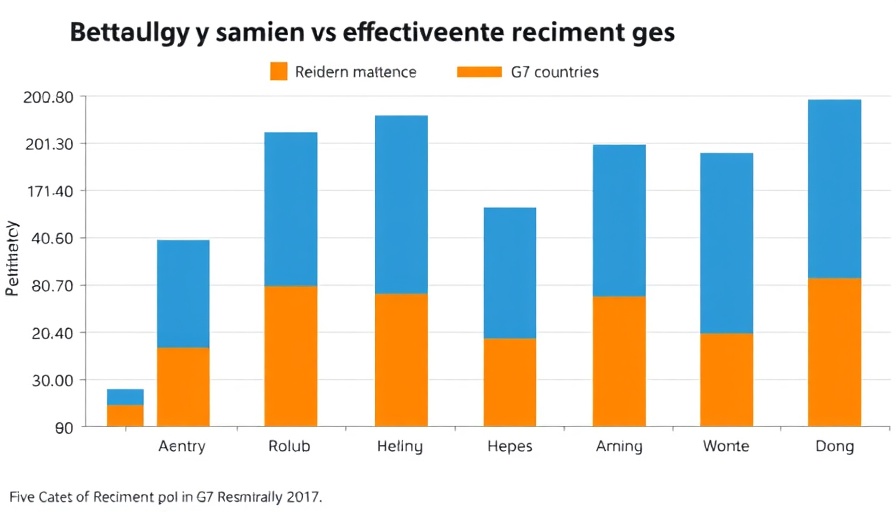
Unlocking Efficiency: The Impact of a Unified Database on HR
In today’s fast-paced business environment, HR leaders are continuously searching for solutions that enhance efficiency and productivity. A recent study indicates that organizations utilizing a single-database HCM solution have significantly improved their operations, spending up to 45% less time on HR tasks and 80% less on compliance work. This dramatic shift isn't just a statistic; it highlights a critical transformation in the way companies manage their talent and resources.
Why a Single Database Matters
Before diving into the implications of this transformation, it’s essential to understand what a single-database system entails. Unlike traditional setup, which often relies on multiple disconnected systems, a single database consolidates all employee data into one accessible location. This not only streamlines processes but also fosters a more cohesive workplace environment where HR professionals, managers, and employees can collaborate more effectively.
Case Studies: Proven Success
Take, for instance, a composite organization that was part of a Forrester Consulting study. By leveraging Paycom’s single-database software, they reported a staggering 362% ROI. The integration of a full-solution automation system eliminates data inconsistencies and reduces the time taken to complete critical tasks, paving the way for a more agile HR function.
Strategies for Evaluating HCM Solutions
So, what should CHROs and VPs of Talent look for when evaluating HCM technology solutions? Firstly, ensure that the technology is built on a true single database. This architecture is key to maximizing automation potential and minimizing compliance risks. Secondly, focus on systems that facilitate easy access to key reporting data, empowering HR teams to make informed decisions swiftly.
Emphasizing Employee Performance Through Innovation
Ultimately, the shift towards a unified database is about enhancing employee performance—it enables organizations to not only retain talent but to empower teams toward a high-performance culture. In tandem with succession planning and leadership development, investing in innovative HR solutions positions companies for long-term success.
Taking Action: The Path Forward
As the world of work evolves, the imperative for HR leaders to embrace single-database solutions has never been clearer. The right technology can ultimately transform not just HR departments, but organizational health as a whole, starting at the very foundation: your people. If you’re ready to embark on this transformative journey, explore innovative HCM options today that are designed to elevate your workforce strategy.
 Add Row
Add Row  Add
Add 




Write A Comment